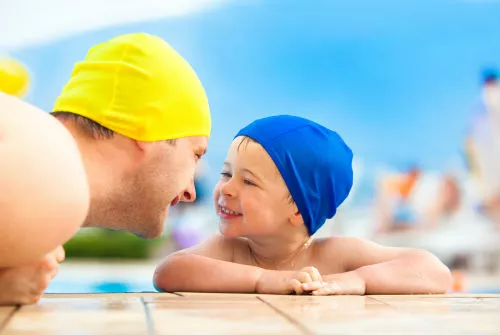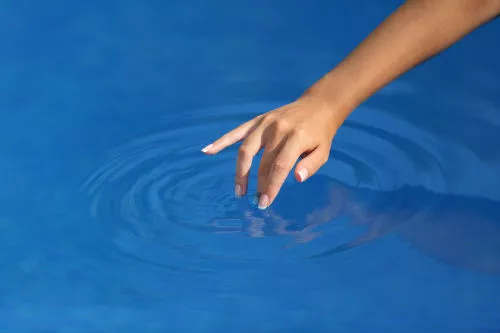Everyone who uses your pool or spa may become ill if you do not disinfect your water properly. Even clear water may contain micro-organisms. You could develop ear infections, stomach aches or rashes, among other possibilities. Pool water, hot water and the small volume of spas create a favourable environment for the development of micro-organisms such as bacteria and viruses. Good hygiene reduces the number of microorganisms in the water to safe levels. To protect those who use your pool or spa, you should regularly check the water balance (adequate levels of disinfectant, pH, total alkalinity and calcium hardness). You must test the water every day, especially during peak periods.

 Controlling access to the pool is the surest way to
prevent accidents. Whether you already own a pool
or are considering purchasing one, its access must
be controlled. Each pool owner is responsible for
limiting access to his pool and ensuring constant
supervision.
Controlling access to the pool is the surest way to
prevent accidents. Whether you already own a pool
or are considering purchasing one, its access must
be controlled. Each pool owner is responsible for
limiting access to his pool and ensuring constant
supervision. A better understanding of chemicals and their
intended usage will ensure that your spa water is safe
and clear. It will also avoid you the expense of
correcting its chemical balance and cleaning your spa.
In certain cases, it may even be necessary to empty
your spa.
A better understanding of chemicals and their
intended usage will ensure that your spa water is safe
and clear. It will also avoid you the expense of
correcting its chemical balance and cleaning your spa.
In certain cases, it may even be necessary to empty
your spa. Don't forget that, for your safety, certain precautions
must be taken when handling and storing chemical
pool products. Be sure to read and respect the
instructions concerning the recommended dosage
and warnings on each label. Never put two
chemical products in the water at the same time.
Don't forget that, for your safety, certain precautions
must be taken when handling and storing chemical
pool products. Be sure to read and respect the
instructions concerning the recommended dosage
and warnings on each label. Never put two
chemical products in the water at the same time.